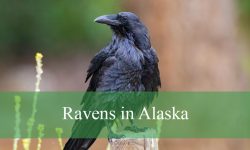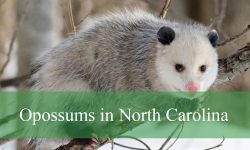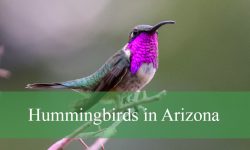When it comes to birdwatching, spotting small white birds can be both exciting and challenging. Their bright plumage often stands out against natural backgrounds, making them a favorite among bird enthusiasts. From snowy tundras to lush forests, these birds inhabit diverse environments worldwide.
This article explores the top 5 types of small white birds, highlighting their unique features, behaviors, and habitats. The guide provides useful information to help bird lovers easily identify these beautiful species.
Learning to recognize different small white birds not only enhances the birdwatching experience but also deepens appreciation for nature’s incredible diversity. Let’s dive into the fascinating world of these charming avian creatures.
Different Types of Small White Birds
Snow Bunting (Plectrophenax nivalis)
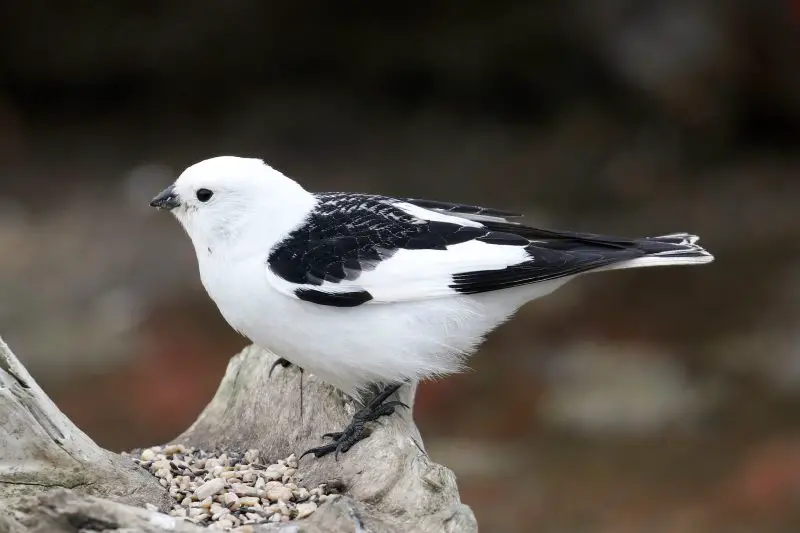
The Snow Bunting is a small songbird famous for its almost entirely white plumage, especially during the winter months. Males exhibit striking white feathers mixed with black on their wings and back, while females tend to have a more muted, sandy coloration with white patches. Their white coloration helps them blend perfectly with snowy landscapes.
These birds are relatively small, measuring around 15 to 17 centimeters (6 to 7 inches) in length, with a wingspan that ranges from 28 to 32 centimeters (11 to 13 inches). Their compact size and sturdy body help them endure harsh winter conditions.
Snow Buntings are ground feeders and display active foraging behavior, often seen hopping or walking on snow-covered fields searching for seeds and small insects. They form large flocks during migration and winter, providing safety in numbers.
In terms of habitat, Snow Buntings breed in the Arctic tundra regions of North America, Europe, and Asia. During the colder months, they migrate southward to open fields, coastal areas, and farmland, where snow cover is less severe but temperatures remain cold.
White Wagtail (Motacilla alba)
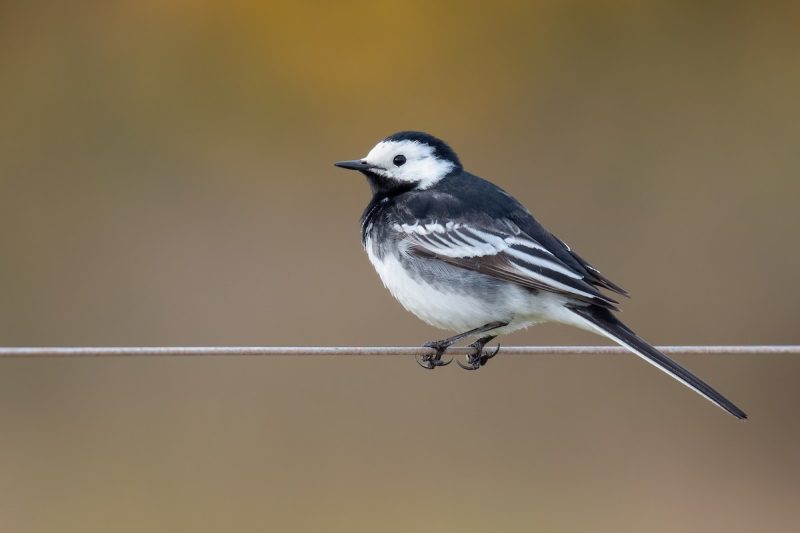
The White Wagtail is a slender, graceful bird known for its mostly white underparts and face contrasted with black markings on the head, throat, and wings. It has a distinct long tail which it wags frequently, giving the bird its name. The sharp contrast of white and black makes it easily recognizable in the wild.
This bird typically measures around 16 to 19 centimeters (6 to 7.5 inches) in length, with a wingspan of approximately 25 to 30 centimeters (10 to 12 inches). Its light body and agile flight allow it to dart quickly along the ground or water edges.
White Wagtails are very active and display characteristic tail-wagging behavior almost constantly. They are ground feeders, mainly hunting for insects and other small invertebrates, and are often seen near rivers, lakes, and wetlands.
White Wagtails have a broad geographic distribution across Europe, Asia, and parts of North Africa. They prefer open habitats near water sources and are known to adapt well to human environments, often seen in urban parks and gardens.
Java Sparrow (White Morph) (Lonchura oryzivora)
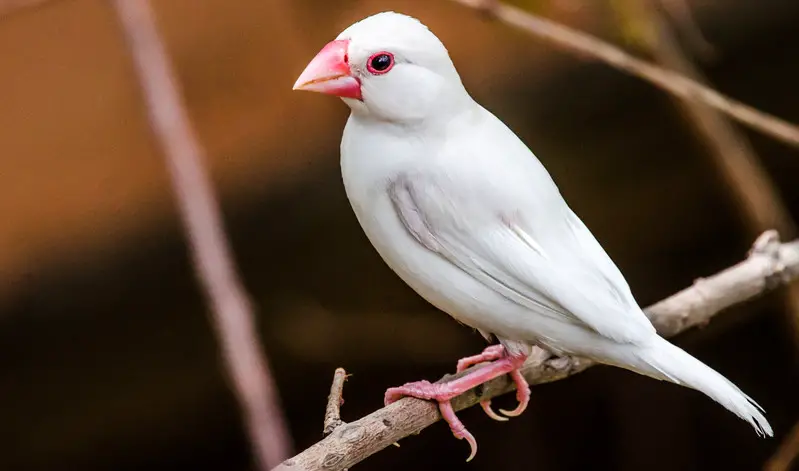
The Java Sparrow, in its white morph, is a small bird with entirely white plumage that shines with a soft, clean appearance. This white color morph is popular in the pet trade and differs from the more common gray and black forms of the species. It has a stout, conical pink beak and pink legs.
Java Sparrows typically measure about 14 to 15 centimeters (5.5 to 6 inches) in length, making them compact and stocky birds. Their round bodies and short tails give them a cute, plump look.
These birds are social and active, often seen hopping on the ground or fluttering between branches. In the wild and captivity, they feed mainly on grains and seeds but also enjoy small insects occasionally. They form flocks and show strong social behaviors such as preening and vocal communication.
Native to the islands of Java and Bali in Indonesia, Java Sparrows have been introduced to many other regions due to the pet trade. White morphs are especially popular in aviaries and bird collections worldwide, admired for their striking white feathers and charming demeanor.
Ivory Gull (Pagophila eburnea)

The Ivory Gull is a medium-small seabird with completely white plumage that shines brilliantly against the icy Arctic landscape. Its pure white feathers cover the entire body, complemented by a stout yellow bill and dark legs, making it distinct from other gull species.
This gull measures around 55 to 60 centimeters (22 to 24 inches) in length, with a wingspan of about 130 centimeters (51 inches). While larger than typical small songbirds, it is relatively small compared to many other gulls. Its sturdy body is built for cold environments.
Ivory Gulls are scavengers and opportunistic feeders, often seen following polar bears or feeding on carrion and fish near sea ice. They are known for their boldness in scavenging but also hunt small marine animals themselves.
Their habitat is exclusively in the high Arctic regions, including Greenland, northern Canada, and Siberia. They nest on remote rocky cliffs and islands, thriving in extreme cold where few other birds can survive.
Snowy Sheathbill (Chionis albus)
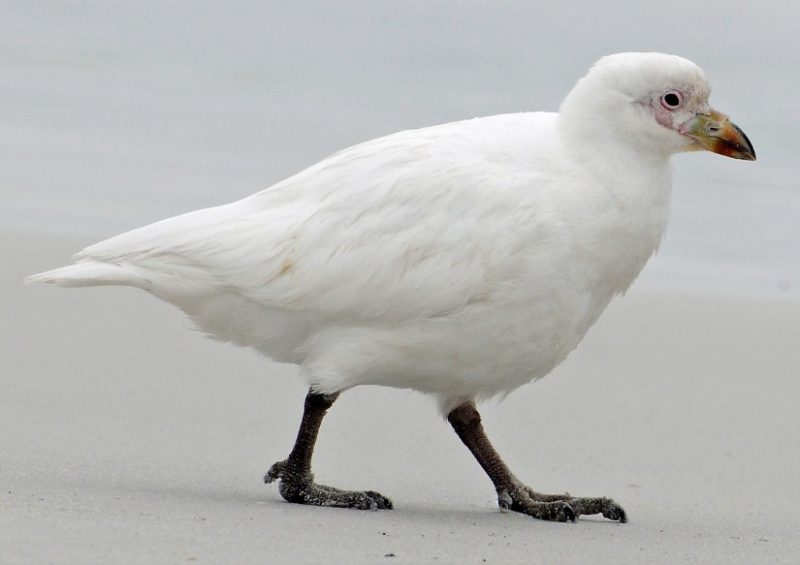
The Snowy Sheathbill is a small bird entirely covered in pure white plumage, which helps it blend seamlessly into its icy and snowy surroundings. Measuring about 38 centimeters (15 inches) in length, it is one of the few land birds found in the harsh environment of Antarctica. Its fluffy white feathers provide excellent insulation against the extreme cold.
This bird has a distinctive fleshy sheath over its pale bill, which gives it its name. Despite its somewhat awkward appearance, the Snowy Sheathbill is a skilled scavenger and forager. It often feeds on carrion, scraps left by other predators, and even penguin eggs and chicks, demonstrating opportunistic feeding habits.
Snowy Sheathbills are native to Antarctica and several subantarctic islands, including South Georgia, the South Sandwich Islands, and the Falkland Islands. They are commonly found along rocky shorelines, ice edges, and near seal and penguin colonies where food is plentiful. Their presence plays an important role in cleaning up the ecosystem by consuming waste and carrion.
Behaviorally, these birds are territorial and can be aggressive when defending their nesting sites. They build nests in crevices, under rocks, or in abandoned penguin burrows. Despite the extreme environment they inhabit, Snowy Sheathbills have managed to thrive, showcasing remarkable resilience and adaptability.
FAQs About Types of Small White Birds
What makes the Snow Bunting unique among small white birds?
The Snow Bunting is unique because of its seasonal plumage, which turns almost completely white in winter, providing excellent camouflage in snowy environments. It also migrates long distances between Arctic breeding grounds and southern wintering areas.
How can I identify a White Wagtail?
The White Wagtail can be identified by its slender body, long tail that it wags constantly, and striking black-and-white plumage. Its white underparts and active foraging behavior near water sources make it easy to recognize.
Is the Java Sparrow (white morph) found in the wild?
The white morph of the Java Sparrow is rare in the wild and is primarily bred in captivity. Native to Java and Bali in Indonesia, this color variation is popular in aviculture for its pure white plumage and calm temperament.
Where does the Ivory Gull live?
The Ivory Gull inhabits the high Arctic regions, including northern Canada, Greenland, and Siberia. It is usually found near sea ice, scavenging around polar bear kills and feeding on marine life.
What is special about the Snowy Sheathbill?
The Snowy Sheathbill is the only land bird native to Antarctica. Its pure white plumage helps it blend into icy surroundings, and it is a scavenger, often feeding near penguin and seal colonies.

